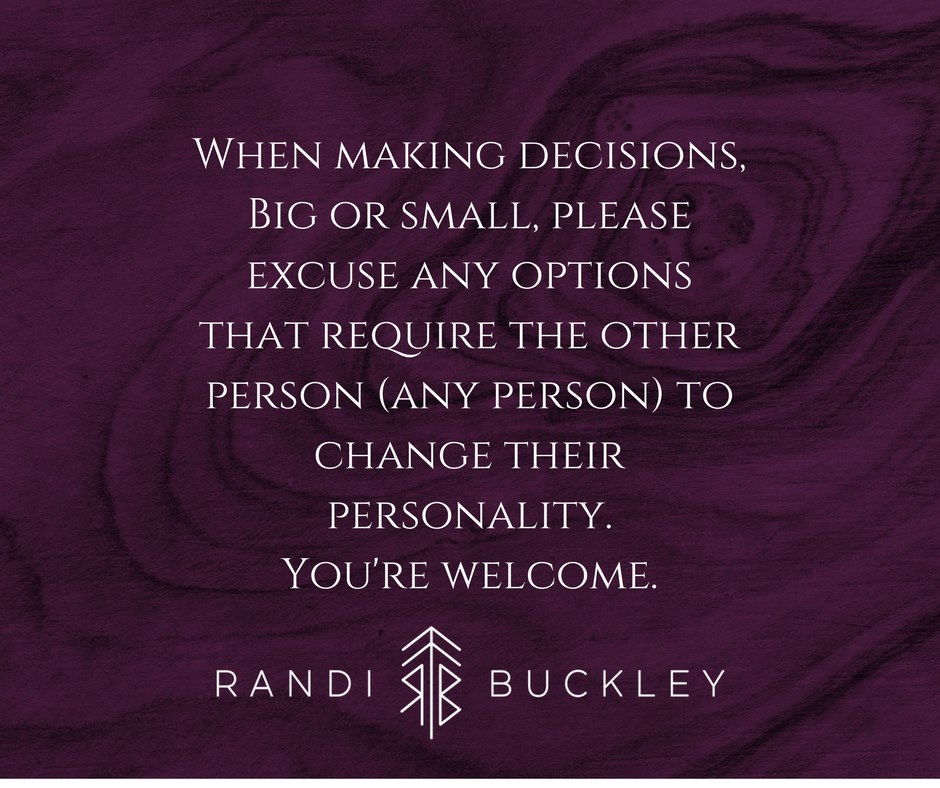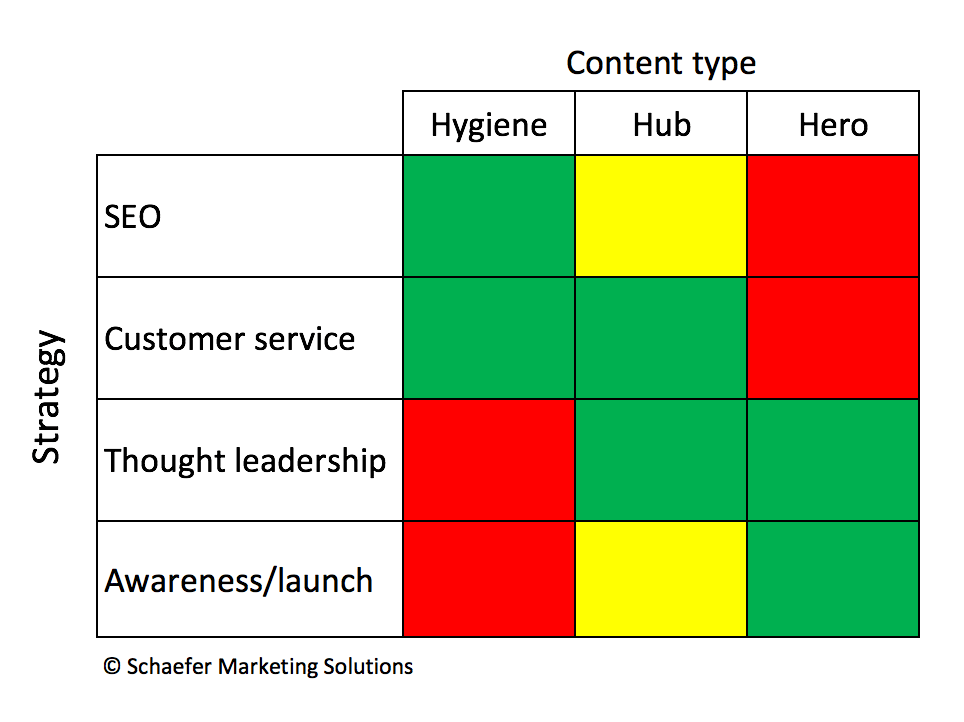I’m going to pull an Oprah on you today, and tell you ten things I know for sure about Internet marketing:
1. Mass marketing is on a downward trend — personalization is in.
Companies that have been around for a while — I’m talking your Coca-Colas and your Procters and Gamble — have long relied on mass marketing to promote their businesses, mainly advertising. Newspaper ads and coupons, TV ads, radio ads, product placement in TV and movies, and so on were the reliable standard for decades. But they’re becoming less reliable and less universal. Think about it: People have DVRs and online streaming in order to skip ads, they use ad blockers on the Internet, and who even takes a newspaper any more?
(OK, I do. But I get the Sunday NYTimes, and it doesn’t come with coupons or ad inserts…)
These old guard companies are realizing (a bit late in the day) that they need to find new ways to reach their customers. I’m sure you’ve seen the really crappy attempts some brands have made at trying to be cool and hip and relevant on social media.
And then there are other brands that are unexpectedly killing it. Have you ever looked at Denny’s blog on Tumblr? No. Why would you? You should. It’s straight up surrealist amazing. Why does this work? I have no idea. But it does.
And were you aware that the infamous Pumpkin Spice Latte has its own official Instagram account? With more than 37,000 followers? (And that they made a Stranger Things video starring a latte?)Well now you know.
The point is that this kind of marketing that Denny’s and Starbucks are doing here almost certainly would not work as a commercial on Monday night football, or as an insert in your local paper. But it works for these people, on these channels. They’ve personalized their message to reach a smaller segment of their fans.
2. Formulas are failing.
What worked last year almost certainly will not work next year, or the year after that. I wrote about this a bit last week, but audiences are getting savvier. And once they’ve figured out your formula, it stops working as well. Just the facts of life.
Look at the examples above. Nothing formulaic about weirdo Denny’s out-weirding Tumblr.
But this goes beyond launch formulas and affiliate swipe files, too. A year or two ago, I was seeing a lot of “7 blog post templates that will generate tons of traffic!” posts and freebies — and those are getting tired, too. When’s the last time you saw a round-up post of images get much traction that wasn’t written by Buzzfeed? It’s overdone. Time for something new.
3. Different types of content work for different goals.
Expanding on the “7 templates” idea, you can’t just plug and play any old kind of content and expect to reach your goals.
And I’m talking about both format and topics here.
For example, everybody and their dog seem to be starting a podcast right now. I have nothing against podcasts. But I think too often people start them without a clear vision of why or how the podcast will help their goals. (Myself included!)
The interview podcast is an awesome excuse to talk to smart people about a topic you want to talk about. It’s a great way to network, and if you play your cards right, it can be a good way to get yourself in front of some of those smart people’s audiences.
You know what it’s not good for? Getting leads. Making sales. Becoming a thought leader (because if you’re doing the interviewing and not most of the talking, nobody really knows what your thoughts are).
This is not to say that podcasts aren’t a really great content marketing channel for some people and some goals — but they’re not right for all people or all goals.
With topic, it’s a similar story. Mark Shaefer wrote a great article on Medium recently in which he described a matrix of the types of content you might create versus your goals for content marketing:
Notice that if your goal is thought leadership or selling something, what he calls “hygiene” or how-to posts are NOT your best bet! Yet how many of us stick to a regular routine of writing posts about how to do things — regardless of what our goals for that content might be? (Believe me; I’ve been there.)
4. Quality matters
There is so much content available to us every second of every day, if yours isn’t quality, it’s not going to have an impact.
From the Pricenomics Content Marketing Handbook:
If you’re going to spend time and effort blogging, there is no point in writing things that aren’t good. Instead, spend a little more time and write something great. Just because almost every company has a boring corporate blog that no one reads doesn’t mean you need to emulate them. Trust us: they should not be your role models.
Couldn’t agree more.
5. Voice and individuality matter.
Guess what? Sharing funny memes and pictures on your social media channels isn’t really going to get your brand much traction if your brand voice isn’t funny.
Seriously. I don’t care how cute that cat meme is.
Too often we try to emulate what works for others because we admire them, because we want what they have, because it works for them.
But what works for them isn’t going to work for you.
I had a client recently that kept asking me to rewrite parts of our project together over and over and over again, and she kept pointing me to a VERY well known coach in her industry. Only problem? That coach used words and phrases on her website that I couldn’t even imagine my client saying. Ever. They were totally different! And yet she was desperate to sound like this person she wanted to be like.
It’s OK. We all have moments like that.
But you don’t get to take a shortcut in finding your voice, or outsource your individuality.
6. Value matters.
How often are you providing value when you post something? REAL value?
My friend Randi Buckley often posts quote images of her own writings, her own advice — and they are always thought provoking and valuable to me.

Yet there are plenty of other brands that share quote images of “inspirational” quotes that are just fluff and come across as so much more noise — no matter how pretty the picture or how nice the fonts.
Before you post your next tweet, update, photo, video, blog post or podcast, ask yourself: Is this valuable?
7. 1:1 is taking over 1:many
Did you know the most used app by teenagers is iMessenger? Younger people show a clear preference for Whatsapp, SnapChat, and other messenger apps over posting things publicly, and the so-called grown ups are catching up. People are using Instagram stories, groups, and messenger bots to communicate to smaller groups, more personally.
This is not to say that Facebook is going anywhere, but rather that the way in which we use it is changing. The trend is toward less broadcasting and more conversation.
8. Everyone in business should be paying attention to Internet marketing…
I don’t care what kind of business you run. I don’t care if you’re a real estate agent, or a dentist, or an accountant — I don’t care how “traditional” or “bricks and mortar” your business is: you need to be paying attention to what’s going on with Internet marketing.
Why?
Because that’s where your customers are. And if you can figure out how to use content that they’re already consuming to your advantage, you will be head and shoulders ahead of your competition.
9. …But each business should carefully consider how to participate.
That does NOT mean that you should run out and start an Instagram feed or get a SnapChat account for your business if you don’t have a plan for what to do with it or how it will help you reach your goals. Blindly adding more work to your plate without any reward is just dumb.
Instead, you as a business owner should carefully consider a lot of factors — including where your audience is hanging out, what valuable content you have to share, what you enjoy, and what makes the most sense for your goals — and then pour your heart and soul into doing that thing really, really well.
10. More is not always more.
The days of just churning out as much content as possible, across every existing channel, are over. (Thank god!) Going into a crowded room and trying to scream the loudest and longest to get attention is not a very attractive look.
As a content strategist, I don’t want you to be creating more content necessarily. I want you to create better content and do more valuable things with it.
That’s where the strategy part comes in.
What do you know for sure about Internet marketing? Got questions about one of these? Let me know in the comments.



Great post, Lacy! I agree with everything in regard to content. I’m seeing the same trends.
Thanks.
Sues
Awesome! Thanks Sue!
Awesome post, Lacy! I especially appreciate your points focusing on putting out valuable content and kicking tired old formulas to the curb!
Thanks Margaret!
I’ll be honest, I’ve spent so long asking established people what I “should” be doing with the blog on my freelance website that I’ve never really stopped to think about what it’s even for. I’m kind of tired of following “proven formulas” or using someone else’s recipe. And it’s not working, so it won’t harm to try things my way!
AMEN! I mean, I know I’ve even provided some of those recipes in the past, but they should be a starting point, not the be-all and end-all, you know? Great point about stopping to think about what it’s really for.